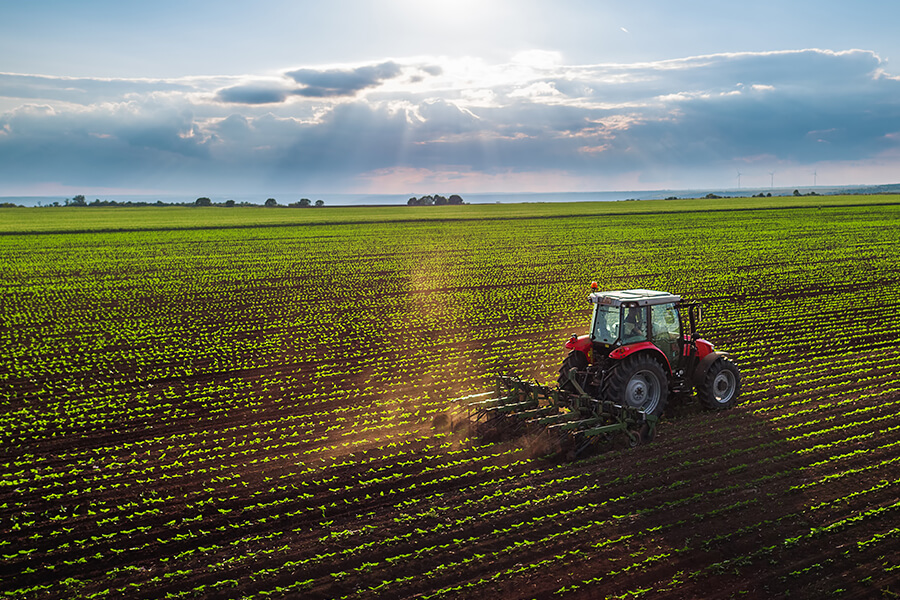The Conference Board of Canada economists Liam Daly and Kiefer Van Mulligen offer the following insights on the latest Gross Domestic Product (GDP) data:
Output grew by 0.7 per cent in November, the economy’s seventh consecutive month of growth. While industrial production grew, lockdowns led to declines in services such as arts, entertainment and recreation. Overall, November’s modest pick-up is welcome, yet there is still a long way to go as output remained 3.5 per cent below the level recorded before the onset of the pandemic in February.
Statistics Canada’s preliminary estimate shows modest growth in December, but tightening of restrictions on activity to combat COVID-19’s spread across Canada will likely lead to a weak first quarter in 2021.
- Total GDP output grew by 0.7 per cent in November, an acceleration from October’s gain of 0.4. With stricter lockdowns beginning in December in many provinces, Statistics Canada’s preliminarily estimates for economic growth in December was 0.3 per cent.
- With strict lockdowns across Canada’s large provinces beginning in December and January, we expect the economy will struggle in the first quarter of 2021.
- However, once vaccinations accelerate into the summer, we expect reduced public health measures and better consumer confidence will lead to strong economic growth in the second half of the year.
- Overall, goods-producing industries grew by 1.2 per cent month-over-month, while service-producing industries only expanded by 0.5 per cent.
- As fall turned to winter, COVID-19 cases were rising in several provinces, most notably Alberta, Ontario and Quebec. This inevitably precipitated stricter public health measures that continued to disproportionately affect customer-facing industries such as accommodation and food services, arts, entertainment and recreation.
- The “K-shaped” recovery of the Canadian economy continued in November. Among the service-producing industries, wholesale and retail trade, real estate, rental and leasing, and finance and insurance have fully recovered to their pre-pandemic levels of February 2020.
- However, sectors such as the arts, entertainment and recreation, and accommodation and food services, struggled in November, and were at 51.8 and 67.0 per cent (respectively) of their pre-pandemic levels in November.
- Some service-producing industries rolled back in November. The real estate and rental and leasing (–0.1 per cent), management of companies and enterprises (–0.1), arts, entertainment and recreation (–2.6), and public administration (–0.2) industries posted month-over-month declines.
- Among service producing industries, the transportation and warehousing industry led growth. Within the transportation and warehousing sector, air transportation grew by 41.8 per cent month-over-month as air passenger travel picked up among Canadians. However, having been crippled by travel restrictions, that subsector’s output remained at only 16.8 of its February 2020 level.
- Output in the accommodation and food services industry grew by only 0.1 per cent in November. Within that industry, accommodation services grew by 6.0 per cent, while food services and drinking places fell by 2.1 per cent.
- With more people opting to dine at home, output in the food and beverage stores subsector grew by 6.1 per cent month-over-month.
- Within goods-producing sectors, output in the mining, quarrying, and oil and gas extraction industry showed the greatest month-over-month rise, growing by 3.9 per cent.
- A decline of 1.2 per cent was recorded in the utilities industry, likely a result of milder temperatures lowering demand for electricity.
- The agriculture, forestry, fishing and hunting industry, which eclipsed pre-pandemic levels of output back in May, posted a decline of 0.6 per cent in November. Underlying this fall was a 3.8 per cent decline in cannabis production, an important segment within the industry.
- After contracting in the previous month, manufacturing output grew by 1.7 per cent in November, supported by growth of both durable (2.0) and non-durable goods (1.3) segments.
- There was effectively no growth in construction output which remains 5 per cent below its pre-pandemic levels. With demand for office space and other commercial premises weighed down by the pandemic, the non-residential construction segment declined by 0.9 per cent marking a fifth consecutive monthly decline.



Comments